Retro Replay Review
Gameplay
Blade Eagle 3-D delivers a straightforward yet exhilarating vertical shoot-’em-up experience. From the moment you launch into the first planetary sector, you’re thrust into a nonstop barrage of enemy fighters, turrets and environmental hazards. There’s no introductory cutscene or lore dump—just you, your ship and waves of hostile forces to blast into oblivion.
(HEY YOU!! We hope you enjoy! We try not to run ads. So basically, this is a very expensive hobby running this site. Please consider joining us for updates, forums, and more. Network w/ us to make some cash or friends while retro gaming, and you can win some free retro games for posting. Okay, carry on 👍)
The core progression is simple: you travel through space in between stages, then tackle three distinct planets, each culminating in a unique boss battle. These end-of-level bosses aren’t merely bullet sponges; they employ varied attack patterns that force you to memorize their movement and fire timing. Defeat them, and you’re rewarded with a power-up—double shots, laser beams, or even a wingman ship that fights alongside you.
Power-ups are the lifeblood of the game’s strategy. Grabbing a double-shot transforms your basic cannon into a spread that can clear swarms, while the laser beam cuts through tougher foes. The extra-ship power-up effectively gives you a second life on screen, providing both offensive firepower and a safety net. Lose your main ship, and your backup steps in, ensuring you can push a little further on each run.
Though the gameplay loop is classic arcade, Blade Eagle 3-D balances simplicity with addictive risk-reward decisions. Do you chase that last power-up pod in a tight enemy cluster, risking a hit for a major firepower boost? Or play it safe and hope the next boss drops the upgrade you need? These moments of tension keep each playthrough engaging and give you a reason to return for higher scores and better survival times.
Graphics
One of Blade Eagle 3-D’s standout features is its support for Sega’s 3-D Glasses. When viewed with the glasses, enemy ships, bullets and landscapes pop out of the screen in convincing stereoscopic layers. Incoming projectiles feel like they’re hurtling toward you, heightening immersion and making each dodge feel more visceral.
Without the 3-D Glasses, though, the effect turns into a curious visual quirk: every sprite appears duplicated, as if you’ve accidentally spawned two ships and eight enemies instead of four. While this can be disorienting at first, many players find it charming in a niche, retro-tech sort of way. It’s a reminder of the era’s experimentation and a talking point for collectors and enthusiasts.
Beyond the 3-D gimmick, the game’s sprite work is crisp and colorful. Planetary backgrounds shift from volcanic reds to frozen blues, providing visual variety across the three stages. Enemy designs range from nimble fighters to hulking mechanical fortresses, with clear silhouettes that help you distinguish friend from foe even during intense bullet barrages.
Animation is fluid, with smooth scrolling and parallax layers that give depth to each scene. Explosions burst with satisfying flash frames and debris, while power-up pickups glow distinctively so you can spot them in the chaos. Though it doesn’t rival modern HD shooters, Blade Eagle 3-D’s visuals hold up as a polished showcase of early-’90s hardware capabilities.
Story
Blade Eagle 3-D doesn’t offer a traditional narrative. There is no introductory saga, character backstory or in-game dialogue—just the raw thrill of space combat. For players seeking a rich sci-fi plot, this might feel like a drawback. However, for those who prioritize instant action over exposition, the absence of a story can be a refreshing change.
The game’s lack of narrative pushes you to create your own myths: surviving to Stage 3 feels like a heroic feat, and each new high-score run becomes your personal saga. In this way, Blade Eagle 3-D leans into the arcade ethos, where mastery of mechanics and pursuit of leaderboard glory are the ultimate goals.
That said, some minimal context might have enhanced the stakes—knowing why you’re blasting aliens or defending human colonies could add emotional weight to each stage. Nevertheless, the game’s designers intentionally kept the focus on frantic shooting, and for many fans of the genre, that’s exactly what they want.
Ultimately, the “story” of Blade Eagle 3-D is the story you write yourself: each narrow escape, each boss downed, each power-up snagged becomes part of your personal space-faring legend. If you’re willing to fill in the blanks, you’ll find that the pure gameplay can be its own narrative.
Overall Experience
Blade Eagle 3-D stands out as a must-play for fans of retro shoot-’em-ups and collectors of Sega 3-D Glasses games. Its pick-up-and-play simplicity makes it accessible to newcomers, while the incremental power-up system and boss challenges offer depth for seasoned players chasing high scores.
The game’s reliance on 3-D Glasses is both its greatest strength and quirky peculiarity. With the proper hardware, it delivers genuine stereoscopic thrills; without it, you’re treated to a doubled-sprite novelty. Whether you see this as a technological triumph or a charming oddity will depend on your enthusiasm for vintage gaming accessories.
While the absence of a conventional story might disappoint narrative-driven gamers, Blade Eagle 3-D’s relentless pace and tight controls more than compensate. Every play session feels immediate and rewarding, and the desire to unlock all power-ups and defeat every boss can drive marathon runs that test your reflexes and endurance.
In summary, Blade Eagle 3-D offers an engaging arcade ride that showcases the creative ambition of early ’90s console shooters. If you crave lightning-fast action, enjoy chasing high scores, and have—or are willing to invest in—the Sega 3-D Glasses, this game is a standout addition to your collection. Even without the stereoscopic effect, its polished sprites, challenging bosses and addictive power-up system ensure a memorable shoot-’em-up experience.
 Retro Replay Retro Replay gaming reviews, news, emulation, geek stuff and more!
Retro Replay Retro Replay gaming reviews, news, emulation, geek stuff and more!
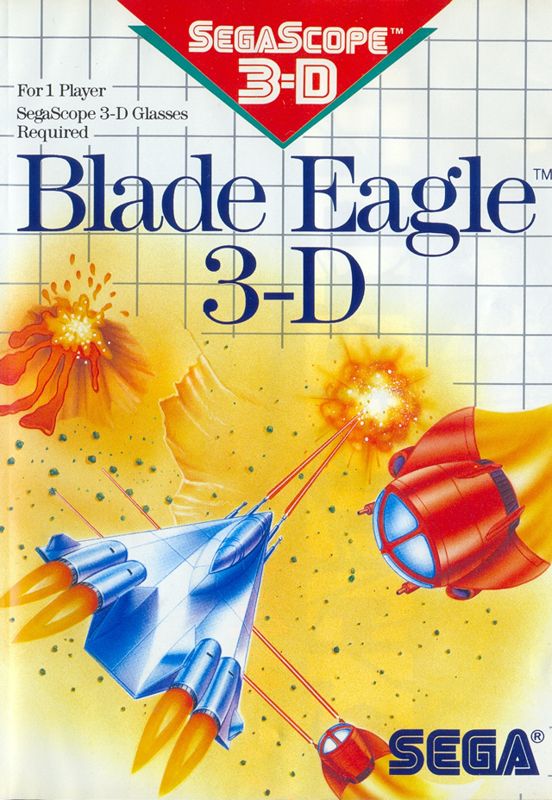
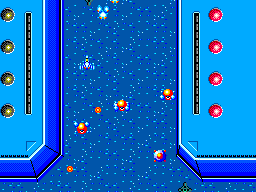
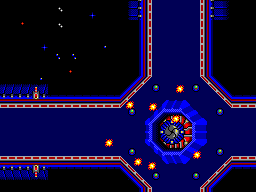
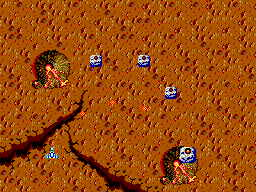
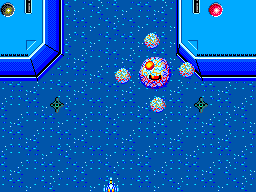
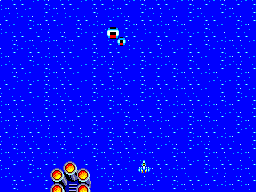


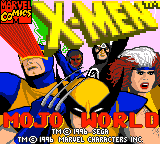
Reviews
There are no reviews yet.